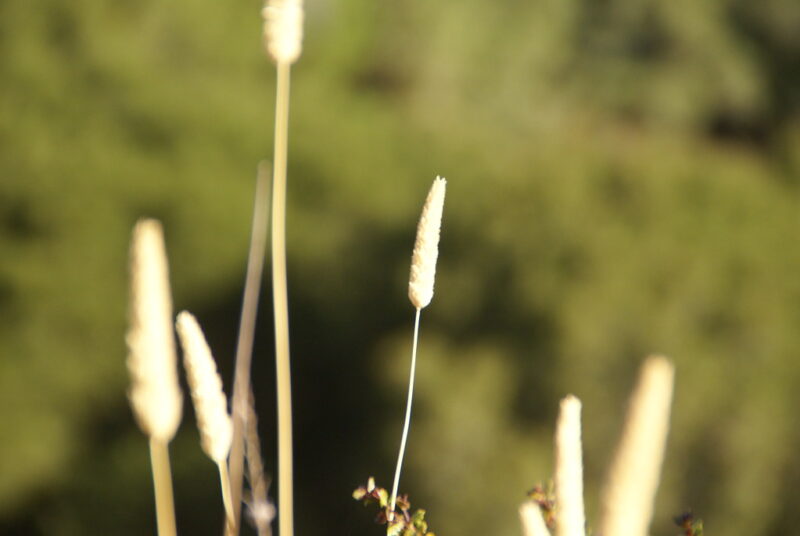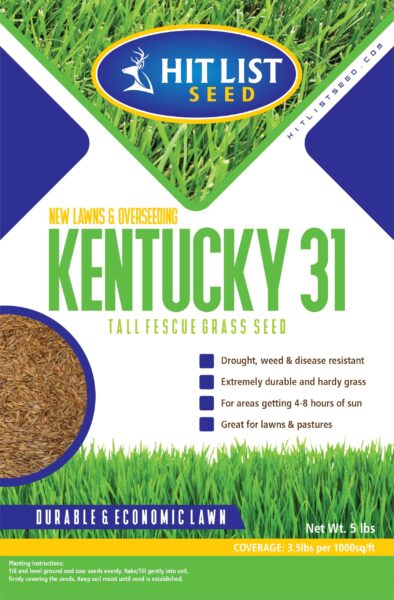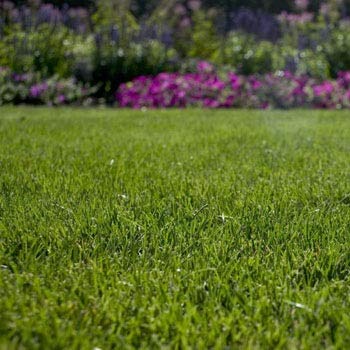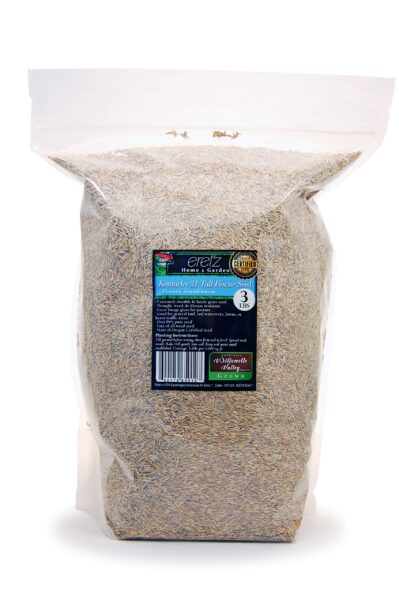That half-full bag of grass seed in your garage isn’t a lost cause—at least not yet. Grass seed can last anywhere from one to five years, depending on how it’s stored. If you want your lawn to thrive, understanding the lifespan of your seed and how to store it properly can make all the difference. Here’s everything you need to know to squeeze the most life out of those little seeds.

Grass seed doesn’t have a hard expiration date, but its germination rate—the percentage of seeds that sprout—declines over time. Freshly purchased seed might have a germination rate of 90%, whereas seed stored poorly might drop to 50% or lower in just two years. Here’s what influences that:
If your old bag of grass seed hasn’t been stored properly—or if it’s been sitting in your shed for years—don’t despair. It’s time to test its viability before tossing it.
Not sure if your grass seed is still good? These DIY tests can help you determine its viability before planting:
If the germination rate isn’t great but still within 50%-60%, you can compensate by using more seed than usual when planting.
Proper storage is critical to extending the life of your grass seed. Follow these guidelines to keep your seed in top shape:
| Factor | Ideal Condition | Why It Matters |
|---|---|---|
| Moisture | Dry (below 13%) | Prevents mold and seed decay. |
| Temperature | Cool (below 60°F) | Slows down seed aging. |
| Container | Airtight | Protects from moisture, pests, and airflow. |
Label your container with the purchase date so you can easily track how long it’s been in storage.
Using old grass seed isn’t always a waste, but it does come with caveats. Because older seed has a lower germination rate, you’ll need to use more to compensate. Unfortunately, this can mean uneven growth or bare patches in your lawn.
If you’re reseeding an already established lawn, older seed can be a low-cost option. However, for fresh planting or high-stakes projects, investing in fresh seed is usually worth the extra cost.
Still have some unused seed after testing or reseeding? Consider these ideas:
If your lawn goals involve lush, green grass, understanding how long grass seed lasts (and how to store it properly) is essential. The right conditions can extend seed viability for years, saving you time and money. Learn more from our recent articles.
Do you have any clever storage tips or success stories with older grass seed? Drop your thoughts in the comments—I’d love to hear them!

Transform your outdoor space with Hit List Seed Kentucky 31 K31 Tall Fescue Grass. This 5 lb bag contains genuine KY31 seeds known for their drought tolerance, hardiness, and resistance to abuse, making it perfect for creating a robust and resilient lawn. Its pure, weed-free formulation ensures excellent forage and an attractive appearance, even enticing wildlife like deer and elk. Ideal for homeowners seeking a reliable grass seed option that's built to last, this tall fescue variety offers the lush, verdant beauty of healthy, thriving turf.

Transform your lawn with the Outsidepride Kentucky Bluegrass Grass Blend, designed for those seeking a lush, high-quality lawn. This premium grass seed mix thrives in cooler climates, offering exceptional cold tolerance and self-repairing capabilities. Whether you're starting a new lawn or revitalizing an existing one, this grass blend ensures vibrant, green coverage and long-lasting beauty. Perfect for lawns that demand durability and elegance, the Outsidepride Kentucky Bluegrass is a smart choice for achieving a picture-perfect yard.

Transform your lawn into a lush, green paradise with Kentucky Tall Fescue Grass Seed by Eretz. Known for its durability and adaptability, this state-certified, pure seed mix is free of fillers and weed seeds, ensuring a vibrant and healthy lawn. Whether you're enhancing your yard's appearance or starting fresh, this reliable tall fescue offers an outstanding balance of hardiness and coverage. Ideal for homeowners seeking robust grass that withstands wear and offers attractive aesthetics, it's the perfect choice for creating a stunning outdoor space.
To keep your lawn looking lush and vibrant, understanding the longevity of your grass seed and mastering optimal storage techniques are key. We've got even more tips and inspiration to help you make the most of your garden! If you're as passionate about creating the perfect outdoor space as we are, we'd love for you to join our online community. Follow us on Pinterest for a visual feast of garden ideas, check out our latest photos and stories on Instagram, or catch our quick tips and updates on X (formerly Twitter). Let's keep the conversation going and share our love for lush landscapes on Facebook too! We can't wait to connect and help you turn your gardening dreams into reality.
Perform a water test by placing your grass seeds in a container filled with water. Allow them to soak for approximately 15 minutes. Seeds that sink are typically still viable and likely to sprout, while those that float may not germinate successfully.
Grass seed can remain viable for decades if stored correctly. If your seed has been kept in a cool, dry, and dark environment in a breathable container such as a paper bag, it is likely still usable. However, seeds kept in places like damp sheds or sealed plastic boxes might have deteriorated.
Grass seed does not come with a specific expiration date, but it will gradually lose its germination potential over time. For the best outcomes, use opened grass seed within a year, as prolonged storage can lead to a significant drop in its viability.
Applying too much grass seed can result in a densely packed and unhealthy lawn, leading to issues such as thatch buildup and poor drainage. The ideal practice is to follow the instructions provided on the seed packaging or consult with a lawn care expert to achieve optimal results.
